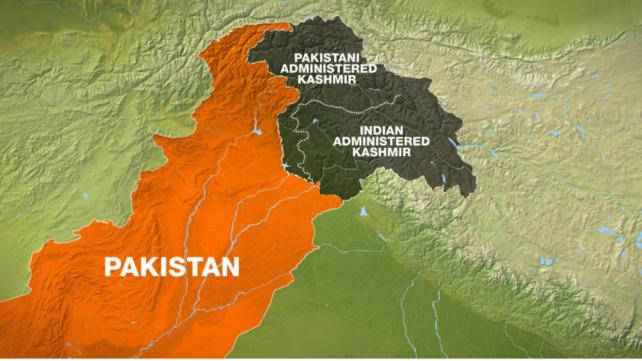
Location
Heart of Asia, with historical links to both South and Central Asia. Surrounded by Pakistan, Afghanistan, China and India
Area
86,000 square miles, more than three times the size of Belgium, the Netherlands and Luxembourg combined. Larger than 87 sovereign countries.
Azad Kashmir and Indian-occupied Kashmir
In 1947, following India's independence from British colonial rule, the mostly Muslim population of Kashmir had already revolved against their Hindu ruler. He was defeated by the Kashmir Liberation Army in October 1947.
A provisional government of Azad (Free) Jammu and Kashmir was set up.
After this, the army of India occupied two-thirds of Kashmir, which is still under Indian occupation. The rest of the state is still in existence as Azad Jammu and Kashmir.
Population
13 million (estimate) including 1.5 million refugees in Pakistan and 0.4 million expatriates. Bigger than 114 independent nations. In Indian-occupied Kashmir: 7.7 million (projected figures, as census has not been held since 1991); Azad Jammu Kashmir: 2.58 million (1990 figure)
Status
Historically independent, except in the anarchical conditions of the late 18th and the first half of the 19th century or when incorporated in the vast empires set up by the Mauryas (3rd century BC), the Mughals (16th to 18th centuries) and the British (mid-19th to mid-20th centuries). All these empires included not only present day India and Pakistan but other countries as well. The British transferred control over the territory by a sale deed called the Treaty of Amritsar (1846) to a feudal chieftain (the Maharajah) in return for a sum of money.
Cause of Dispute
India's claim that Kashmir is Indian territory is based on nothing more than an Instrument of Accession signed by the Maharajah in order to obtain India's military help against a popular insurgency. This accession was conditional on a reference to a popular vote (not yet held) under impartial auspices. The Indian claim is rejected by the people of Kashmir, and challenged by Pakistan. It has never been accepted by the United Nations, nor legally validated.
Solution
Demilitarization of Kashmir (through withdrawal of all outside forces) followed immediately by a plebiscite under impartial control to determine the future status of Kashmir.
Great Power Policies
When the dispute was first brought to the United Nations, the Security Council, with the firm backing of the United States, urged the solution described above. At the time, the Soviet Union did not dissent from it. Later, because of the Cold War, the Soviet Union blocked every Resolution of the Security Council calling for implementation of the settlement plan.
Likely Possibilities
Only two. Either ascertaining the wishes of the people about their future and acting accordingly or the continuance of the status quo with violent repression and carnage in the India-occupied part and chronic conflict and the danger of war in the Subcontinent of South Asia.
Present Situation
Since 1990, Indian forces have been engaged in a sustained campaign of "slaughter, rape,arson, and destruction". The state of terrorism has resulted in more than 30,000 deaths.
Immediate Necessity
The intervention of the international community to bring the violence in Kashmir to a quick end. Initiation of a political dialogue between the representatives of the people of Kashmir, and the Government of Pakistan and India to set the stage for a democratic and peaceful solution.
Photo Attribution: http://commons.wikimedia.org/wiki/File:Kashmir_1965.jpg

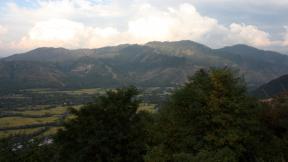
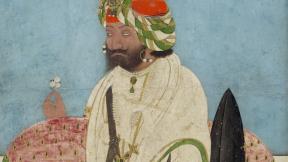
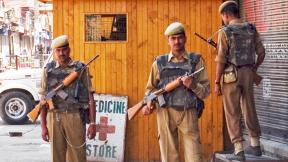
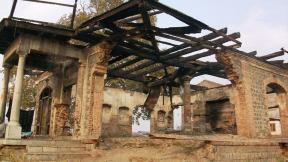
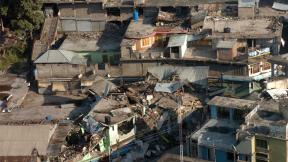


Add new comment